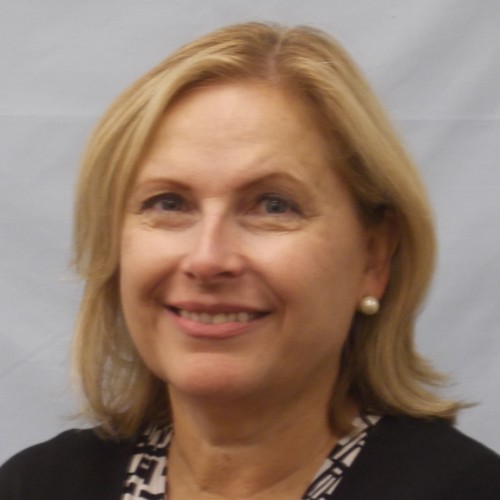Senior housing boot camp: Repositioning a tired community
There may be a dearth of new senior housing development and construction in these still fragile economic times, but repositioning/renovation activity? Well that’s a horse of a different color, as the saying goes. Owners and operators are finding that, due to aging housing stock and market changes, opportunities for renewal abound in senior housing. But transforming the old into something with current and future market appeal can be a daunting task.
The owners, operator and architect of North Hill Community, Needham, Mass., addressed these issues in an intense and fast-paced development boot camp at the 2012 Environments for Aging conference, held at Disney’s Contemporary Resort in Orlando earlier this month.
There, James Warner, FAIA, JSA Architects Interior Planners; Kevin Burke, CEO, North Hill Communities, Inc.; and Robert Snyder, President and CEO, Stonetrust Partners shared their decade-long odyssey of an endless approvals process, wooing not-in-my-backyard opponents, licensing headaches and resident resistance in an effort to renovate and reposition North Hill Community, Needham, Mass. The upscale, 26-year-old independent living campus faced stiff regional competition from fresh new developments. And, while comfortably capitalized, Snyder saw warning signals that things needed to change, including declining occupancies; small, dated apartments; no continuum of service/care, a very elderly population (a third of the residents were in their nineties or older); and poor curb appeal.
The key to moving forward wasn’t simply hiring an architect and contractor to update the physical plant, the presenters maintained. It was about expanding the mission of the community—engaging the stakeholders to determine what needed to be created that would be relevant to the future market and what needed to be branded to resonate with the future market.
In addition to all the standard and extensive market, demographic, regulatory and financial analyses for the project, there was a hugely important factor that demanded attention—the shifting of cultural values and overcoming current residents’ resistance to change—the “we like what we have” objection. As Warner said, “It was very important to design to meet the needs of the next generation,” or else nothing would have been accomplished. “People don’t want retirement housing as we’ve known it,” Snyder added. It’s about “purposeful living.” To achieve this, North Hill held resident town hall meetings and engaged a resident ombudsman.
In the end, the community reportedly prevailed with a forward-thinking vision, a defined mission and strategic planning. Here are a few other takeaways from North Hill’s experience, courtesy of Warner:
- Repositioning is a team approach which may comprise the client, developers, investment backer, architect, construction company, interior designer, legal representation and feasibility consultant.
- Strong project management is critical, with so many moving parts involved.
- Test all programs, design and budget assumptions. Focus on financial sustainability for the next 20 years.
- Project complexity increases exponentially with the project’s scope.
- The influence of baby boomers is critical. Don’t dismiss the boomers. A project must be marketable to them and fulfill their desires.
- Plans are nothing; planning is everything. Be flexible.

Patricia Sheehan was Editor in Chief of I Advance Senior Care / Long Term Living from 2010-2013. She is now manager, communications at Nestlé USA.
Related Articles
Topics: Articles , Executive Leadership , Facility management , Housing











